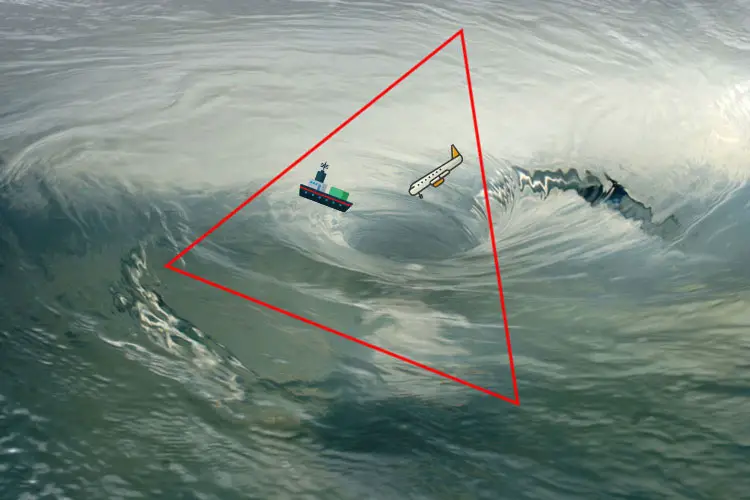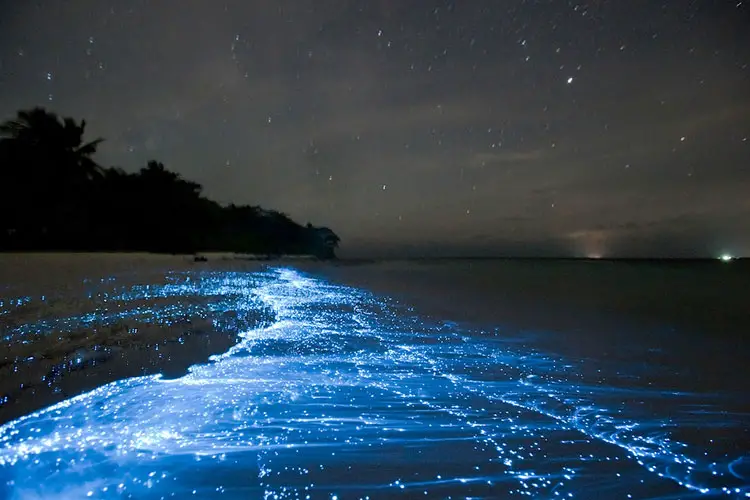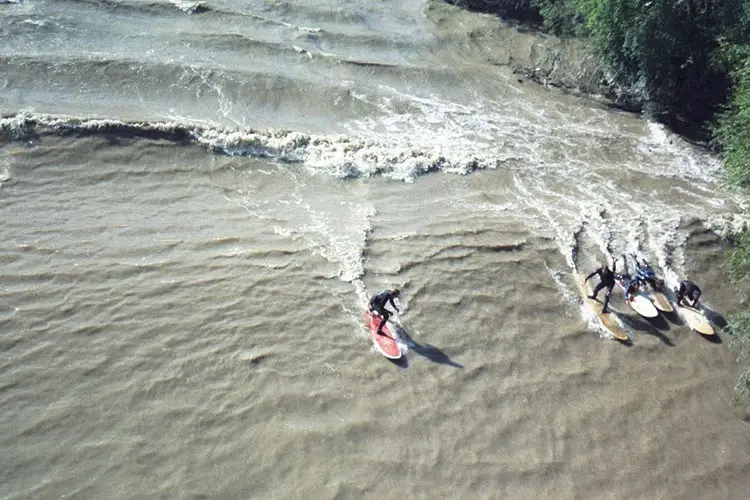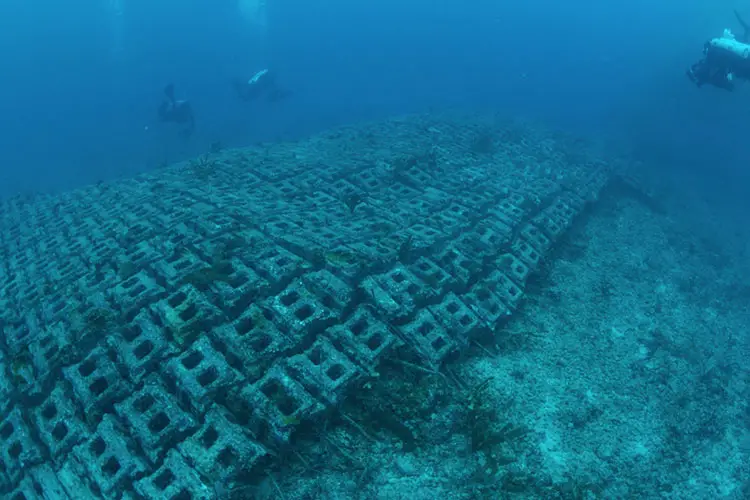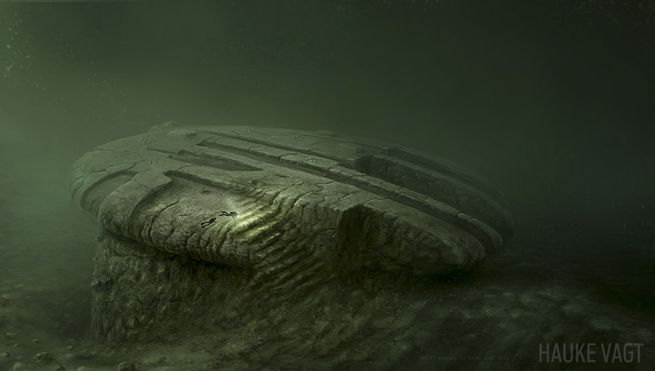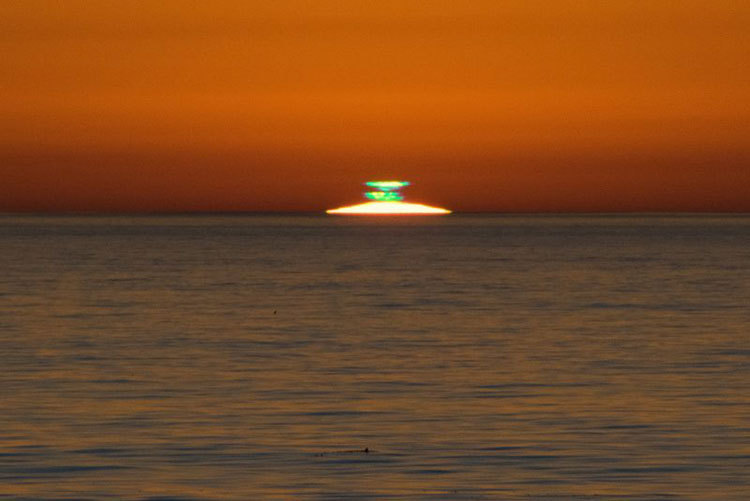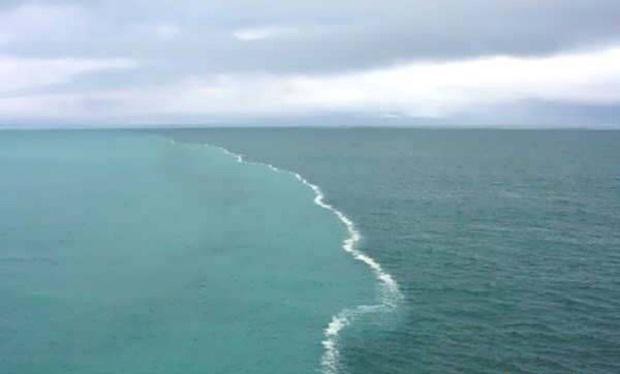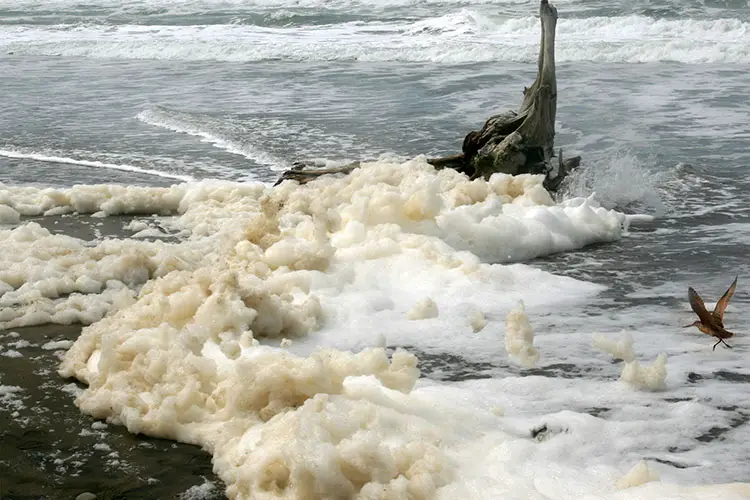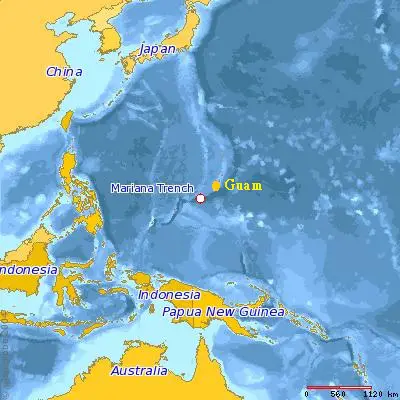Ocean pollution has become a serious problem confronting the world. It cannot be ignored for long. We know that oceans cover most of the surface of our planet. In fact, more than 70% of the entire Earth’s surface is covered by some kind of a water body. Oceans and other water bodies are very important for us as they provide us with many natural resources like salt and other important minerals.
They also provide us with energy resources like oil, gas and some precious metals. They play an essential role in the regulation of temperatures and climate. Oceans are responsible for more than 70% of the oxygen on earth because they contain a microscopic plant called the phytoplankton.
Oceans are also an important source of food for people. Many people on earth depend on fish for proteins. Several sea plants and algae are also used to cook food.
Oceans are the natural habitat of millions of species of plants and animals. Pollution of the ocean affects them the most. Also, more than 60% of the human population lives on the coastline and depends directly on oceans for their livelihood.
Oceans also provide us with an extremely important means of transport that is ships and other vessels. The fact that water transport is one of the most economical in the world makes oceans even more crucial an indispensable for us. The marine industry is also one of the biggest employers in the world employing millions of people.
Oceans also hold military strategic and fundamental political importance.
Despite being aware of all of this we can find today’s seas and oceans being polluted and contaminated because of human activities over the past few decades, much like most of the other natural resources on the planet. Today, many toxic chemicals are present in the oceans which are harmful to all living beings on Earth. Many human activities are causing damage to oceans and marine biodiversity.
This article discusses some of the major causes of ocean pollution, how it is affecting our planet and why it is so important to understand the severity of our activities.
Causes of Ocean Pollution
1) Oil Industry
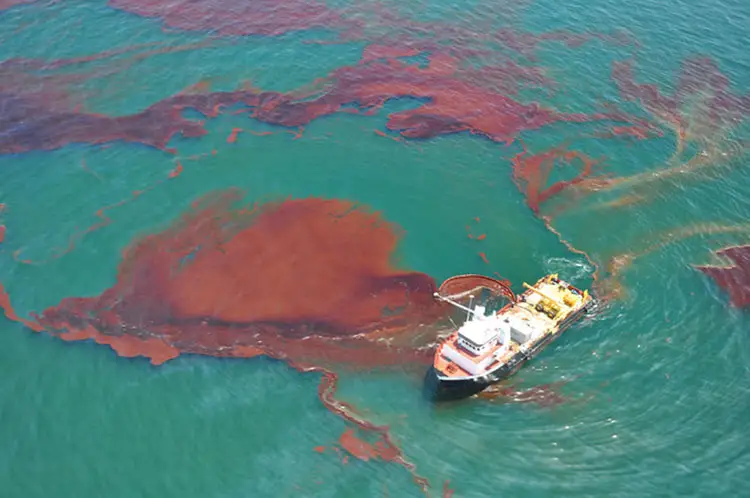
The oil industry is one of the most catastrophic causes of ocean pollution, the major reason for this being oil spills. Oil spills threaten the survival of marine life by cutting down their oxygen supply and contaminating their habitat. Even the smallest of all spells are known to have caused great damage to not only fish and aquatic mammals but also birds and sea otters. Oil spills are caused by offshore drilling rigs and boat and ship leakages.
It takes a lot of time and resources to remove oil from oceans and reduce the damage caused by just one oil spill. Still, the discharged oil cannot be completely cleaned up and continues to pollute the oceans for several years.
2) Garbage Dumping
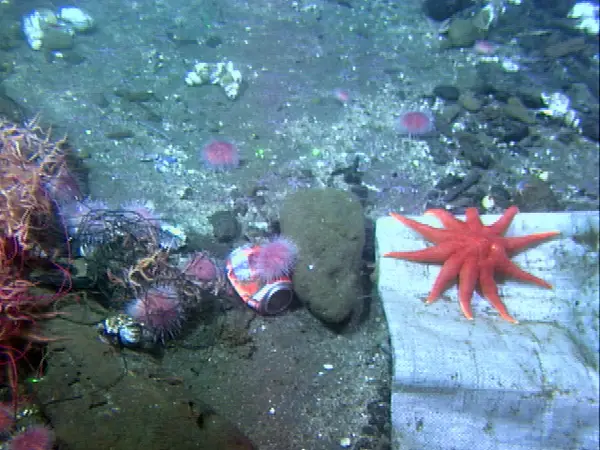
A lot of garbage and other waste materials are dumped in the ocean by factories, industries, ships, and tankers every year. This garbage usually contains toxic materials and chemicals like mercury or DDT. All these chemicals can cause great damage to ocean life as well as human life due to eutrophication or biomagnification. Inland pollution also contributes to ocean pollution significantly.
Much of the pollutants in the ocean are released into the water from coastlines. These can include trash, bits, and pieces of plastics and cans, etc which slowly move into the ocean and then later can take hundreds of years to decompose. Small pieces of garbage can also be accidentally ingested by marine animals like turtles or dolphins which can result in their deaths over time.
3) Ocean Mining
Mining activities taking place in the deep oceans is also a major cause of ocean pollution. The ocean floor is drilled and dug for the extraction of minerals and metal ores such as silver, gold, zinc, aluminum, etc. Mining processes unknown to generate scores of sulfide deposits in the water which results in the destruction of oceans and coastal regions.
These also increase the toxicity levels in the oceans in the mining areas. Mining can also lead to leakages and oil spills which can have further devastating impacts on the environment.
4) Sewage
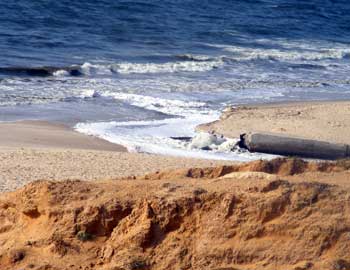
Sewage or wastewater and its component excrements that are transported in the sewer system are finally released in the ocean waters. This wastewater consists of human or animal waste and dirty or used water. Some of the substances can be very harmful and cause serious health problems to the marine organisms if consumed. Sewage water is hardly ever treated before being released into water bodies. This results in the pollution of not just oceans or seas but also other water bodies like rivers or lakes.
5) Noise Pollution
It may be surprising to know that noise pollution is also one of the biggest threats to marine life. Rainy season noise pollution and the sea because of the ocean traffic as well as the sound from sonar devices and ocean mining. Also, sound waves travel faster in the deep sea than in air.
Many sea creatures use sound communication to meet, navigate and find food. Hence the increasing human-generated noise pollution in the oceans is are affecting the migration and reproduction patterns of many marine species like whales and dolphins.
6) Nuclear Waste
Nuclear waste is the waste generated by industrial, scientific and medical activities that use radioactive material. The main culprits of nuclear pollution in the oceans are the industries that produce nuclear waste such as power stations, reprocessing plants, and the military.
The food chain of marine animals is affected when the radiation from nuclear waste enters it through planktons and kelps. Marine animals also become contaminated when they consume it.
7) Thermal Pollution
Thermal pollution is caused when the water quality is lowered because of activities that change the water temperature. Some of the major causes of thermal pollution are manufacturing companies and power plants which release hot water into water bodies leading to a change in temperature of the ocean.
If the temperature of the ocean is suddenly changed it leads to a reduction in the oxygen supply and affects the entire ecosystem. Aquatic animals are not adapted to such high temperatures and may get affected or even killed by thermal shock.
8) Acid Rain
Acid rain is caused when harmful substances like nitrogen oxide, are released into the atmosphere and react with water or other substances in the air and form nitric acid or sulphuric acid. This may be caused by any kind of pollution but when these chemicals find their way into marine waters, they can severely affect the life of sea creatures and increase the acidity of ocean water by decreasing the pH value.
Effects
Ocean pollution has led to many adverse effects on marine life as well as human life. The release of toxic waste and oceans because of activities like oil spills, the release of wastewater, dumping of waste, etc affects the life of sea creatures drastically. Other sea creatures many birds that depend on fish for their food are also affected. If these sea animals are consumed by humans, they can also cause several diseases.
- When there is an oil spin the supply of oxygen in that region-wise cut off of which affects the marine life in that area. Oil also prevents sunlight from reaching plants and affects the process of photosynthesis. This can even disrupt the cycle of coral reefs.
- When garbage dumped in the ocean, most of it does not get decomposed for several years and causes degradation of oxygen. The dropping of oxygen levels can affect the survival of animals like whales, dolphins, penguins, turtles, sharks, etc. over the course of time.
- Poisonous chemicals, pesticides, and industrial and agricultural waste also pose a threat to marine life. They can get accumulated in the fatty tissues of animals which can lead to the damage of their reproductive systems. This, in turn, puts that species on the verge of being endangered. the chemicals which are released into rivers eventually come down into the oceans. They are insoluble in the ocean waters and hence, sink at the bottom of the ocean. Animals at the bottom of the food chain may eat these hazardous chemicals. The effect of these chemicals can multiply as the food chain progresses and cause biomagnification which may also affect human beings.
- Finally, all of these causes of ocean pollution affect human beings as humans consume fish and other sea animals which may have been contaminated. Toxic substances and chemicals released into the oceans can hence cause long-term health problems and defects for human beings.
Natural resources are a gift to us. We should realize that human beings are not the only creatures living on the planet and that their activities can be injurious to other species as well. Our earth is getting more and more polluted by the minute and it is high time we took necessary actions at a personal as well as industrial level in order to save it because all of these will eventually cause the destruction of the entire planet including humans.
from WordPress https://www.maritimemanual.com/causes-and-effects-of-ocean-pollution/
